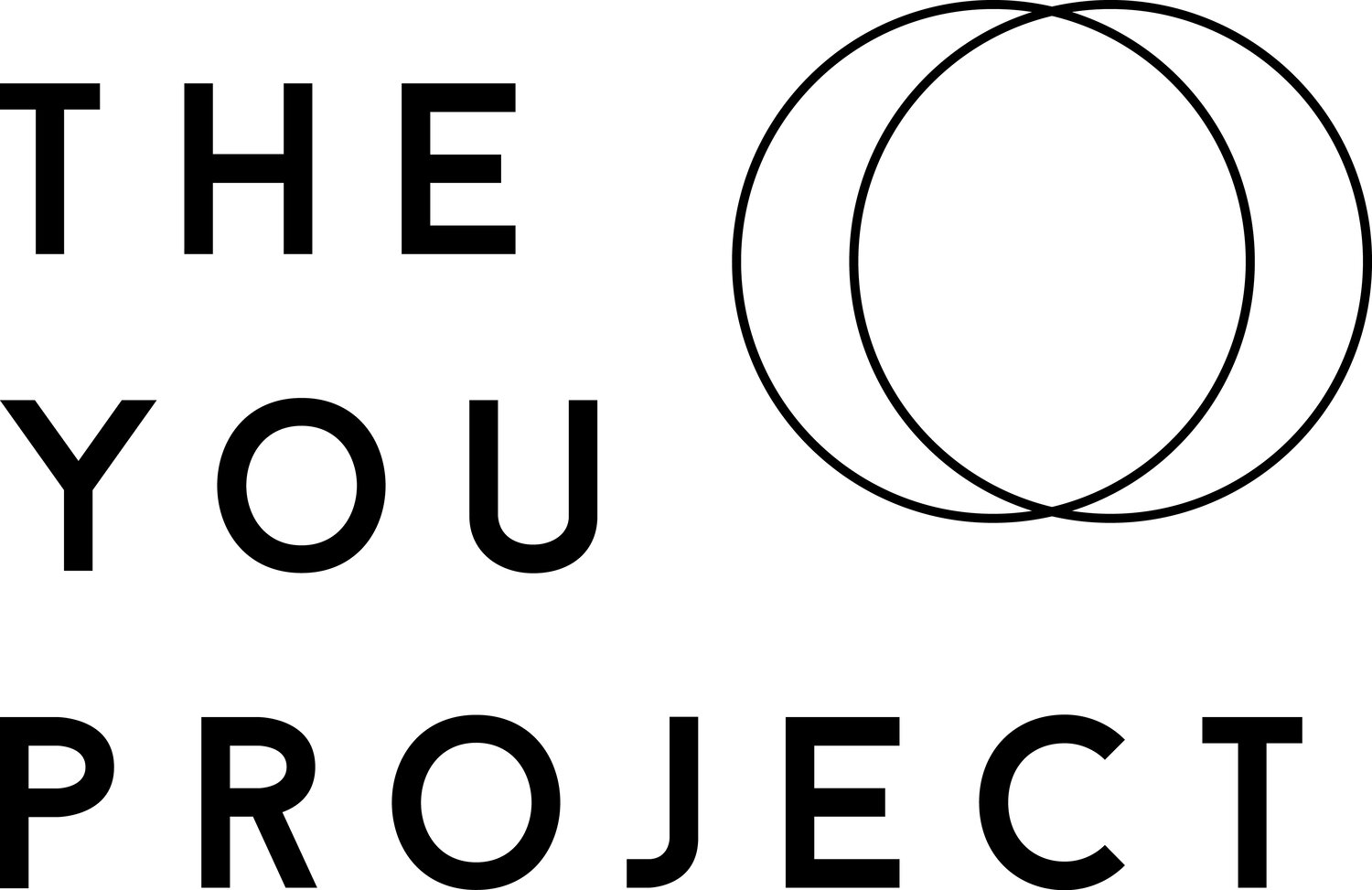Searching Inside Yourself with Google
How much of your day do you spend mind wandering? How engaged are you in meetings? According to research completed by two Harvard psychologists in 2010 we spend 47% of our time mind wandering and 70% of leaders admitted to being regularly inattentive in meetings.
Last month I attended ‘Search Inside Yourself’, a Google programme brought about from an original Google leader, Chade-Meng Tan who bought in a mindfulness expert and neuroscientist to create a programme focused on well-being and sustained high performance leadership in the workplace. SIY is one of the most popular courses at Google & after being immersed for a couple of days in the foundations I can see why. And Google isn’t the only company doing flips over mindfulness – it’s very much en vogue with forward thinking companies adding training to their wellness programmes to increase employee engagement.
But what is mindfulness really about and without a fancy training scheme at work can you start doing it? Here’s my key outtakes from SIY and simple techniques you can try from your couch to your desk.
The Brain.
Contrary to what was thought previously our brains are like plastic and their neuroplasticity means they are shaped by what we consistently do. For example studies on London black cabbies have shown their brains have increased in size after having had to memorise the London streets. It’s also been proven by many neuroscientists including Richie Davidson that when practicing mindfulness the grey matter/ cortical thickness in many key areas of the brain increases in size and has also been associated with the decrease in the activity of our ‘monkey minds’ (where we swing directionless from thought to thought).
So when you start practicing mindfulness what are the benefits? Try less stress and panic moments. More clarity, focus and resilience plus it’s also been shown to improve our creativity. It’s a win win basically.
Emotional Intelligence
Another buzz topic we discussed was our ‘EQ’ and the connection between our emotions and decision making. More often than not we believe we are making rational pragmatic decisions but our emotions are working us. Growing our awareness as to when this is happening means we can beging to make active choices vs reactive based on our emotion. Tying into this is having an awareness of what is happening in our body as we experience certain emotions for example I am angry vs I am having the sensation of anger in my body. And while the concept of ‘self-management’ may sound overly dull it does have benefits. Here’s an exercise in self management we learnt for when we can feel ourselves experiencing an unwanted emotions.
Stop (the secret pause). Breathe (this is under my skin). Notice (my jaw is tight etc). Reflect (what’s really going on for me and who I’m speaking with here?). Response (what’s an appropriate way to respond).
Throughout the workshop we also practiced active listening to really engaged in what perfect strangers were saying. Many participants new to this concept were impressed with how much more of the conversation they retained and the greater connection felt with their partner.
Leadership
When discussing leadership the standout point for me was the research revealed in The Harvard Business Review in 2013 which demonstrated that people who show warmth first then competence are much more likely to succeed as leaders. The importance of compassion was also highlighted as being more sustainable than empathy which results in burn out. Compassion does not mean avoiding confrontation but rather leveraging strengths of wisdom & clarity to arrive at a conclusion for the greater good.
Exercises to try out:
You can put these into practice at work or home right away but first a quick note: Mindfulness is not about emptying your mind to nothing at all. That’s even tricky for the monks! Think of it as having a breather from the monkey mind and simply observing thoughts without judgement or attachment.
Just look at your hand for 30 seconds. When you notice judgements arising let them go.
Set yourself triggers for mindful moments while doing everyday things. Brushing your teeth, driving the car, riding in an elevator. Slow down the ongoing stream of internal dialogue and spend time noticing things you’d never normally notice about the activity.
Here’s a 2 min guided meditation from the SIY team to get you started or if you have just ten minutes try this body scan for an internal workout.
For those who enjoy putting pen to paper giving yourself 5-10 minutes to write. Use these prompts to get you going. a) What I’m surprised about in my life is… b) A challenge I’m working with is… c) What I value is…
Check out this 2 min explanation on meditation and how it helps with your creativity.
With a colleague or partner pick a topic. While you listen they speak for 2 minutes – no interrupting. Be fully engaged giving them your full attention (see how Richard Branson does this) and once they’ve finished say back here’s what I heard you say. If you want to challenge yourself even more you could try ‘here’s what I heard you feel’. Then reverse the exercise.
Further meditation resources
Free online meditation course recommended by SIY team
Or try these apps Headspace or Insight Timer



